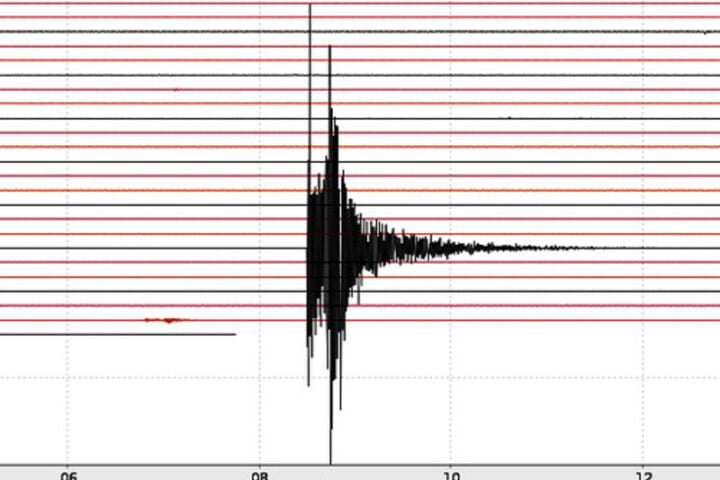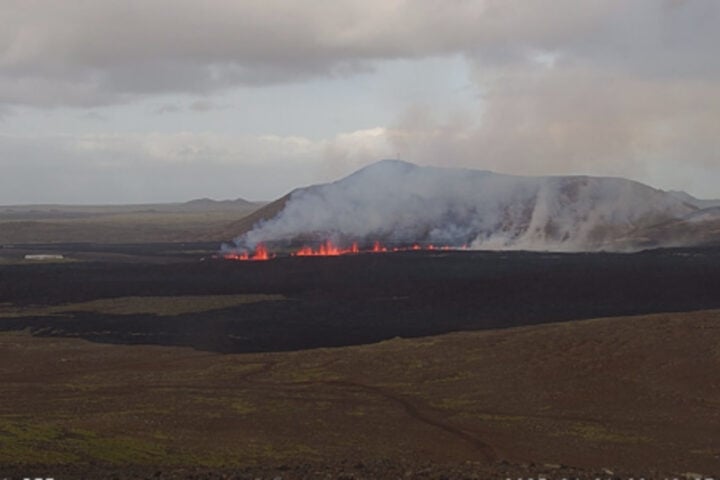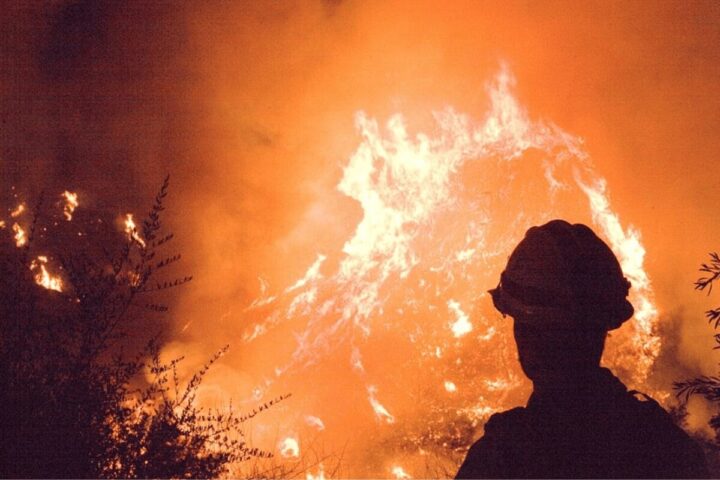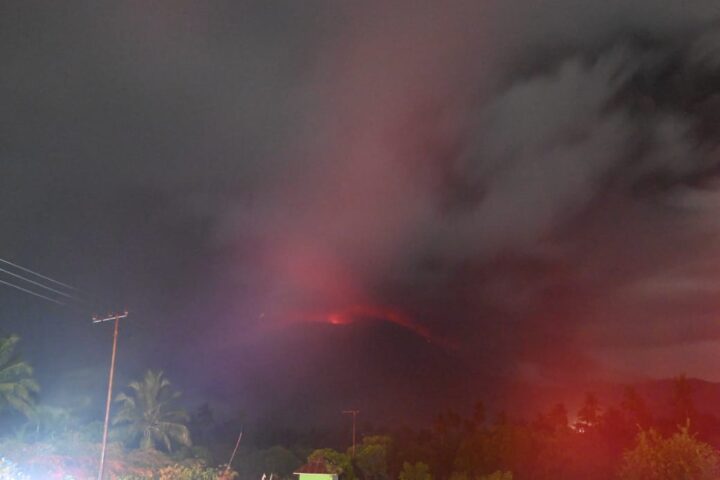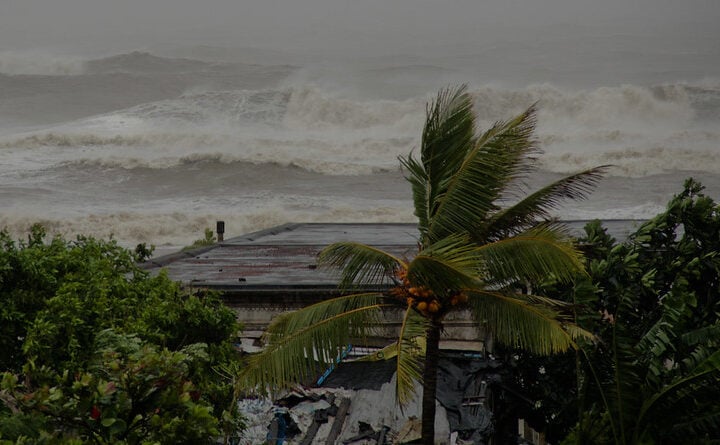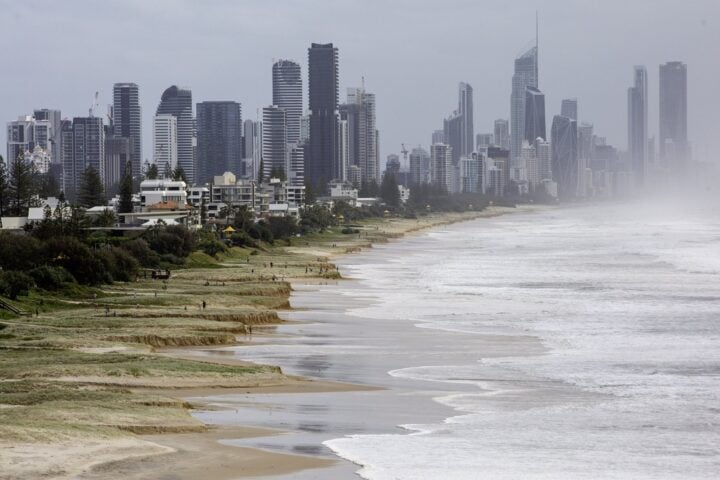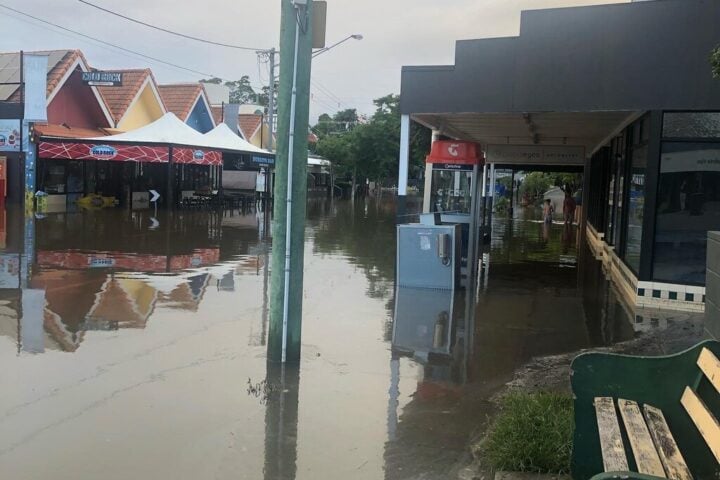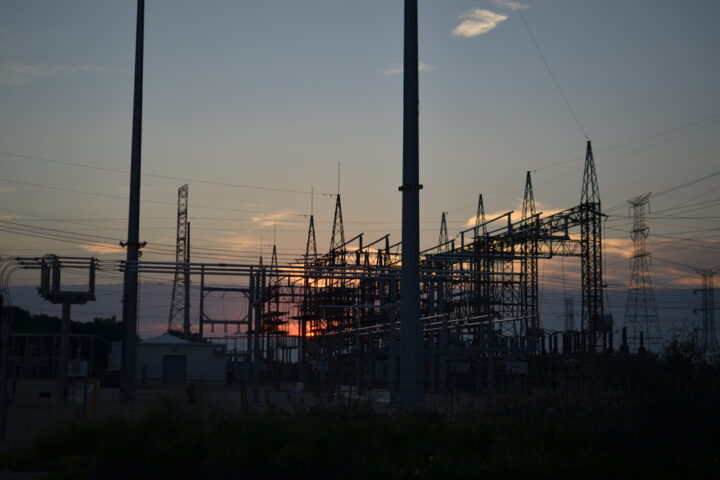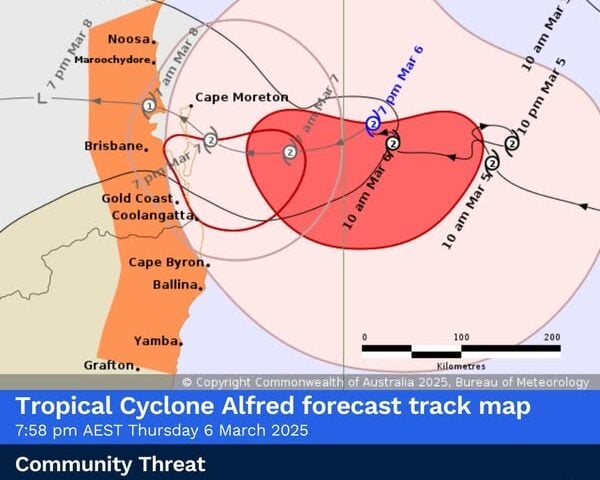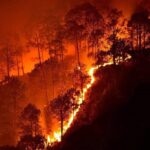Governor Gavin Newsom signed legislation this week directing $170 million toward forest and vegetation management across California, a move aimed at protecting communities from wildfires ahead of peak fire season.
The money, allocated through Assembly Bill 100, will fund critical projects to reduce fire risks while an accompanying executive order will cut through bureaucratic delays that have slowed similar efforts in the past.
“We are leaving no stone unturned – including cutting red tape – in our mission to ensure our neighborhoods are protected from destructive wildfires,” Newsom said after signing the bill.
Six regional conservancies will receive portions of the funding: $31.3 million goes to the Santa Monica Mountains Conservancy; $30.9 million each to the Sierra Nevada Conservancy, State Coastal Conservancy, and San Gabriel and Lower Los Angeles Rivers and Mountains Conservancy; and $23.5 million each to the California Tahoe Conservancy and San Diego River Conservancy.
Similar Posts
The bill also sets aside $10 million specifically for wildfire response and resilience work.
These funds will support projects like creating fuel breaks where vegetation is cleared to slow fire spread, thinning overgrown forests, conducting prescribed burns under controlled conditions, and replanting fire-resistant trees in burned areas.
The legislation builds on Newsom’s March emergency proclamation that suspended environmental regulations including CEQA and the Coastal Act to speed up forest management projects that had faced regulatory delays.
This approach mirrors actions Newsom took in March 2019 to expedite forest management projects ahead of challenging fire seasons in 2019 and 2020. The state has invested $2.5 billion in its Wildfire and Forest Resilience Action Plan, with officials reporting all 99 key actions in the plan are now either underway or completed. This is in addition to $200 million invested annually through 2028-29 for healthy forest and fire prevention programs.
California has nearly doubled its prescribed fire activity between 2021 and 2023, recognizing their effectiveness in removing dead vegetation before it can fuel catastrophic wildfires.
The increased funding arrives as communities face rising fire risks, insurance challenges, and economic threats from large wildfires that can destroy homes, close businesses, and damage natural resources.
To help residents track progress, California recently launched updated online dashboards showing where and how wildfire prevention work is happening throughout the state.



